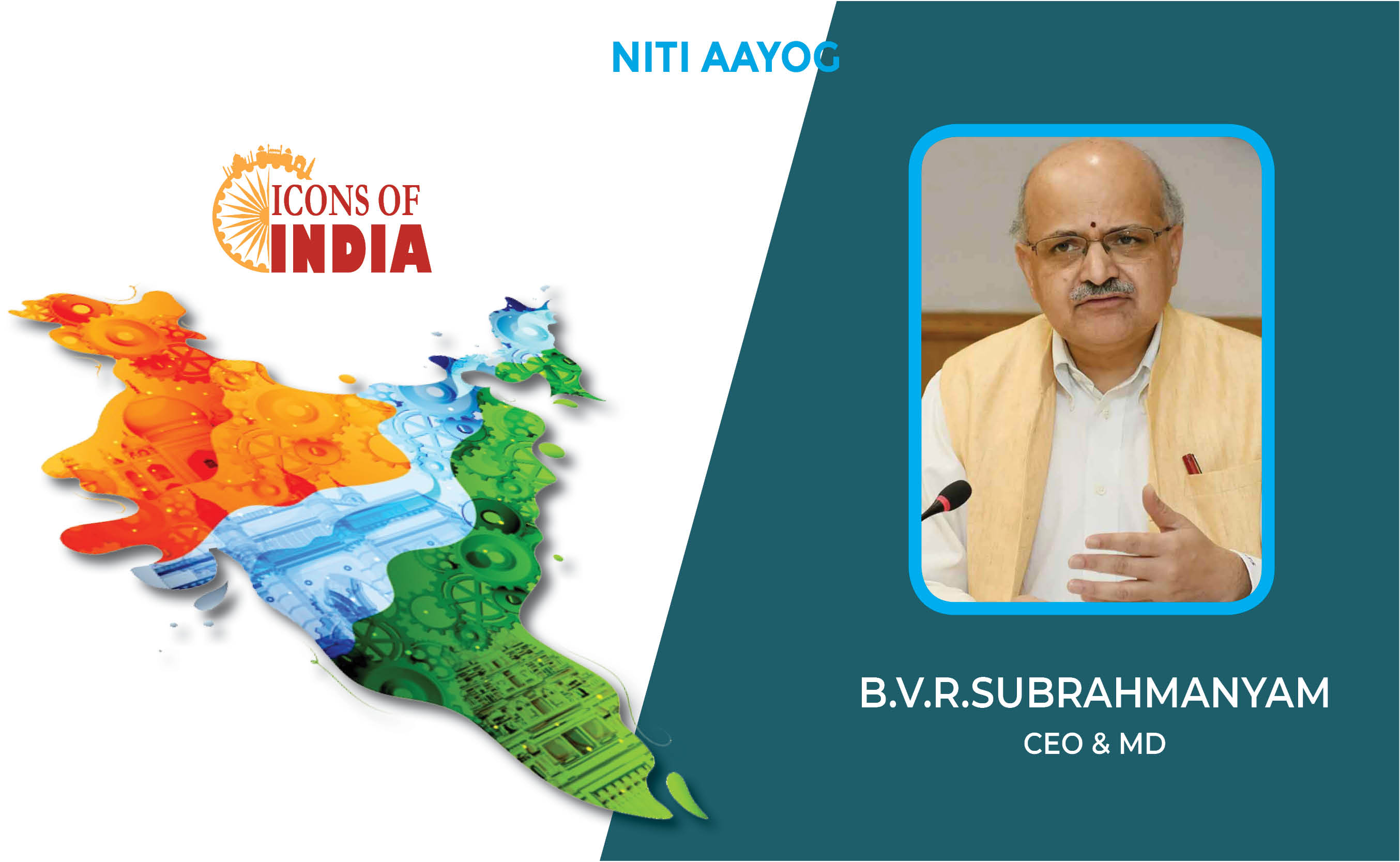600% increase in malicious emails during Covid-19 crisis
By MYBRANDBOOK

India’s digital economy has the potential to reach $1 trillion by the year 2025. This highlights that 5G is going to be the potential enabler for the next wave of industry growth. Organizations are required to prepare their IT infrastructure and data management strategy for addressing the massive amount of data generated from the IoT devices.
The short-term challenge is about the increase of cybercrime which has risen to 600% with malicious emails amid Covid-19 and the crisis is moving the world toward increased technological innovation and online collaboration. There have also been worrying reports of cyber attacks against health care organizations and medical research facilities worldwide. This is because of the growing digital dependency that has increased the vulnerability to cyberattacks, and it is estimated that one such attack takes place every 39 seconds.
The current pandemic has changed the way we work and this looks set to remain the case for the long-term at the very least. Changes in behaviour due to lockdown restrictions have caused measurable changes in the usage of both fixed and mobile networks. The largest share of the traffic increase has been absorbed by fixed residential networks, which has experienced a 20-100 percent growth. But many service providers also noticed a spike in demand on their mobile network.
Even with the changing landscapes, organisations today are seeking out solutions that can help them gain a foothold in the post pandemic future. The current global scenario has seen more public and private organisations across the developing countries are moving towards implementing AI & RPA solutions to assist in business functionality.
While Indian organizations have shown improvement in terms of their cyber resiliency by hiring skilled professionals and overall planning, there needs to be a lot more to be done to manage the dynamic cybersecurity landscape. Organizations need to look at testing their cybersecurity incident response plan regularly and leverage technologies like Automation, Cloud, AI, and interoperable solutions to help sail through any unforeseen situation against the emerging threats.
Technology is the key differentiator that helped organizations to become more cyber resilient, especially when it comes to tools that helped them resolve complexity. Secondly, we can’t deny the fact that more tools led to worse response capabilities. A report says, an organization using more than 45 different security tools on an average, and each incident they responded to required coordination across around 19 tools on average. However, the study also found that an over-abundance of tools may actually hinder organizations ability to handle attacks. Organizations have to manage risk while empowering business mobility by controlling access to applications and data across any location, network and device for increasing productivity for the modern workforce.
It is definitely a challenging time ahead for the IT and security leaders for reducing business risk to acceptable levels while ensuring ease of use and productivity, with the increasing demand on the agility, flexibility, while most the employees are working from home.


Legal Battle Over IT Act Intensifies Amid Musk’s India Plans
The outcome of the legal dispute between X Corp and the Indian government c...

Wipro inks 10-year deal with Phoenix Group's ReAssure UK worth
The agreement, executed through Wipro and its 100% subsidiary,...

Centre announces that DPDP Rules nearing Finalisation by April
The government seeks to refine the rules for robust data protection, ensuri...

Home Ministry cracks down on PoS agents in digital arrest scam
Digital arrest scams are a growing cybercrime where victims are coerced or ...


Icons Of India : B.V.R. Subrahmanyam
A 1987 batch (Chhattisgarh cadre) Indian Administrative Service Office...

Icons Of India : Bhavish Aggarwal
Indian entrepreneur Bhavish Aggarwal is the CEO of Ola, India’s larg...

Icons Of India : NIKHIL RATHI
Co-founder & CEO of Web Werks, a global leader in Data Centers and Clo...


IOCL - Indian Oil Corporation Ltd.
IOCL is India’s largest oil refining and marketing company ...

UIDAI - Unique Identification Authority of India
UIDAI and the Aadhaar system represent a significant milestone in Indi...

DRDO - Defence Research and Development Organisation
DRDO responsible for the development of technology for use by the mili...


Indian Tech Talent Excelling The Tech World - PADMASREE WARRIOR, Founder, President & CEO - Fable
Padmasree Warrior, the Founder, President, and CEO of Fable, is revolu...

Indian Tech Talent Excelling The Tech World - Steve Sanghi, Executive Chair, Microchip
Steve Sanghi, the Executive Chair of Microchip Technology, has been a ...

Indian Tech Talent Excelling The Tech World - JAY CHAUDHRY, CEO – Zscaler
Jay Chaudhry, an Indian-American technology entrepreneur, is the CEO a...
 of images belongs to the respective copyright holders
of images belongs to the respective copyright holders